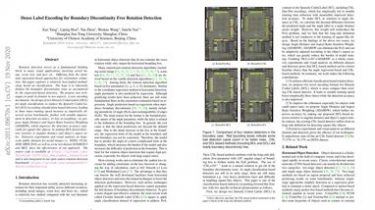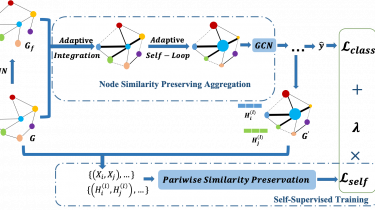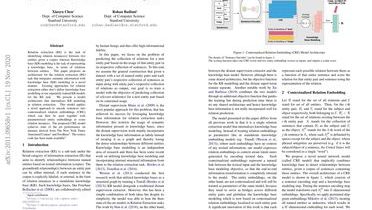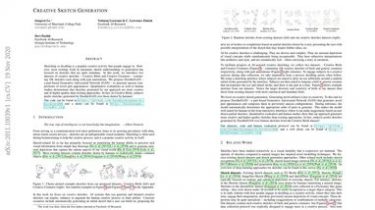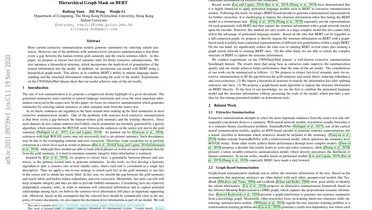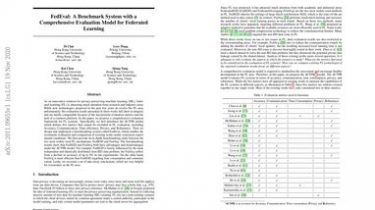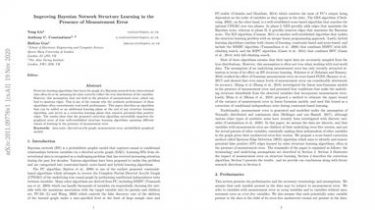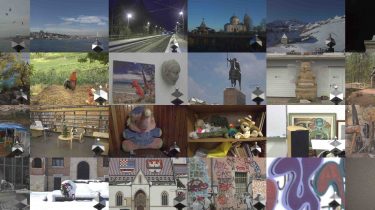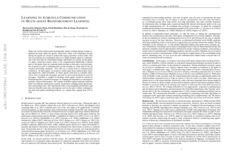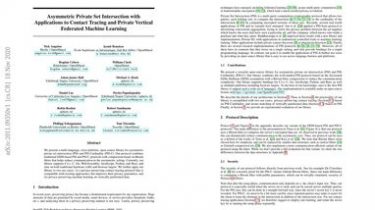Dense Label Encoding for Boundary Discontinuity Free Rotation Detection
Rotation detection serves as a fundamental building block in many visual applications involving aerial image, scene text, and face etc. Differing from the dominant regression-based approaches for orientation estimation, this paper explores a relatively less-studied methodology based on classification… The hope is to inherently dismiss the boundary discontinuity issue as encountered by the regression-based detectors. We propose new techniques to push its frontier in two aspects: i) new encoding mechanism: the design of two Densely Coded Labels (DCL) for angle […]
Read more